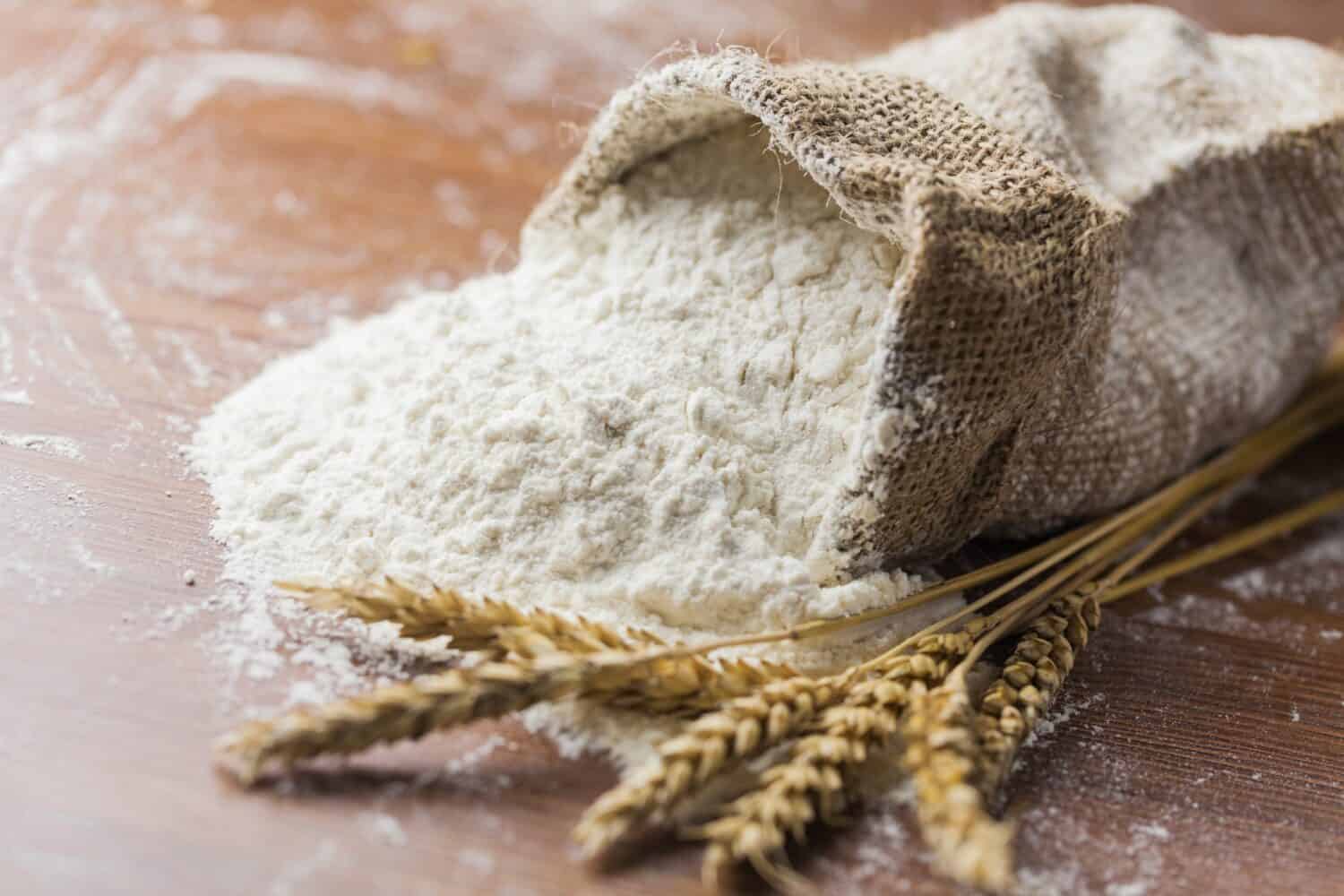

Barley vs. Wheat: 3 Key Differences & A Full Health Comparison
When comparing barley vs. wheat, it’s important to know that there are lots of similarities. Both come from the grass family, and both are cereal grains. These dietary staples have existed for thousands of years, and have a rich history well worth understanding. They’re both high in fiber, vitamins, and minerals, especially in their whole-grain form, however, there are some key differences that are good to know about as you choose which one to use. Their major differences come down to the way in which they’re processed, recipe variations, and their unique nutritional profiles (via Healthline). Let’s take a closer look at these staple grains.
In this post, you’ll get an idea of the expansive history of barley vs. wheat, and we’ll examine their nutritional differences. Perhaps you’ll be inspired by some recipe suggestions. By the end of this, you’ll absolutely know the key elements that set these cereal grains apart. Shopping for them, and cooking with them, will be easier than ever. Especially now that you understand the major differences between barley vs. wheat.
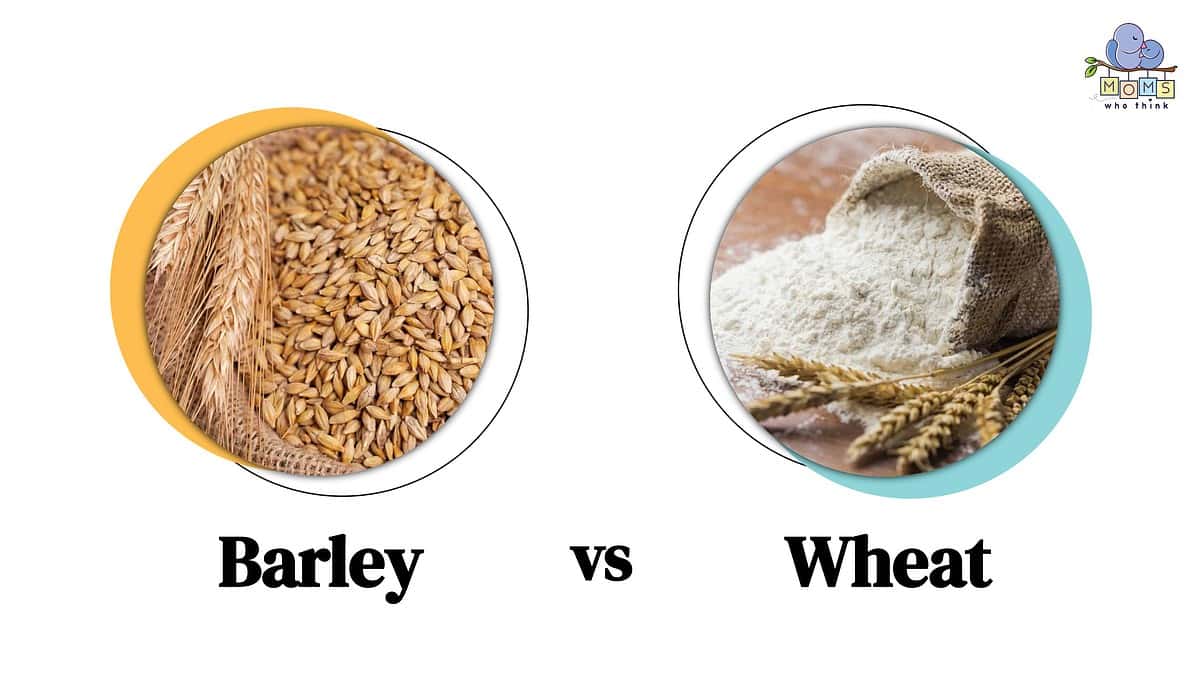
Barley vs. Wheat: What Is The Difference?
The main differences in barley vs. wheat involve how they are processed, what they are used for, and their unique health profiles. Wheat is milled to separate the outer hull of the grain, the bran, and the germ from the center, which is then turned into wheat flour. Whole-wheat flour has all parts of the wheat gain. Barley, meanwhile, can be processed as whole pearls, with its hull intact. It is also processed with the hull, the bran removed, and the endosperm, and the germ of the grain still intact. These content differences impact the nutritional content of barley vs. wheat grain. Wheat is much more common in food products, especially since it is a standard type of flour. Barley is used for malt in alcohol production and for types of animal feed. It can also be found in certain recipes specific to the barley grain.
What Is Barley?
Barley (Hordeum vulgare), is the edible grain of the grass family (Poaceae). It is commonly used as a cereal grain cooked in soups, used in breads, ground up in health supplements, and used for malt in beer production. Barley is an annual grass that grows in two variations, a two-row barley plant, and a six-row barley plant. Let's learn a bit more about the history of this historic cereal grain (via Brittanica).
History And Origin of Barley
Barley is one of the earliest cultivated grains, with roots tracing back to 1500 BCE in China, 3000 BCE in the northwest territories of Europe, and 5000 BCE in Egypt. It was an integral part of bread in the 16th century, partly due to its adaptability to a suitable growing climate. It can grow in areas as harsh as the Himalayan slopes, as Tibet is another hub where the original barley plants were first cultivated.
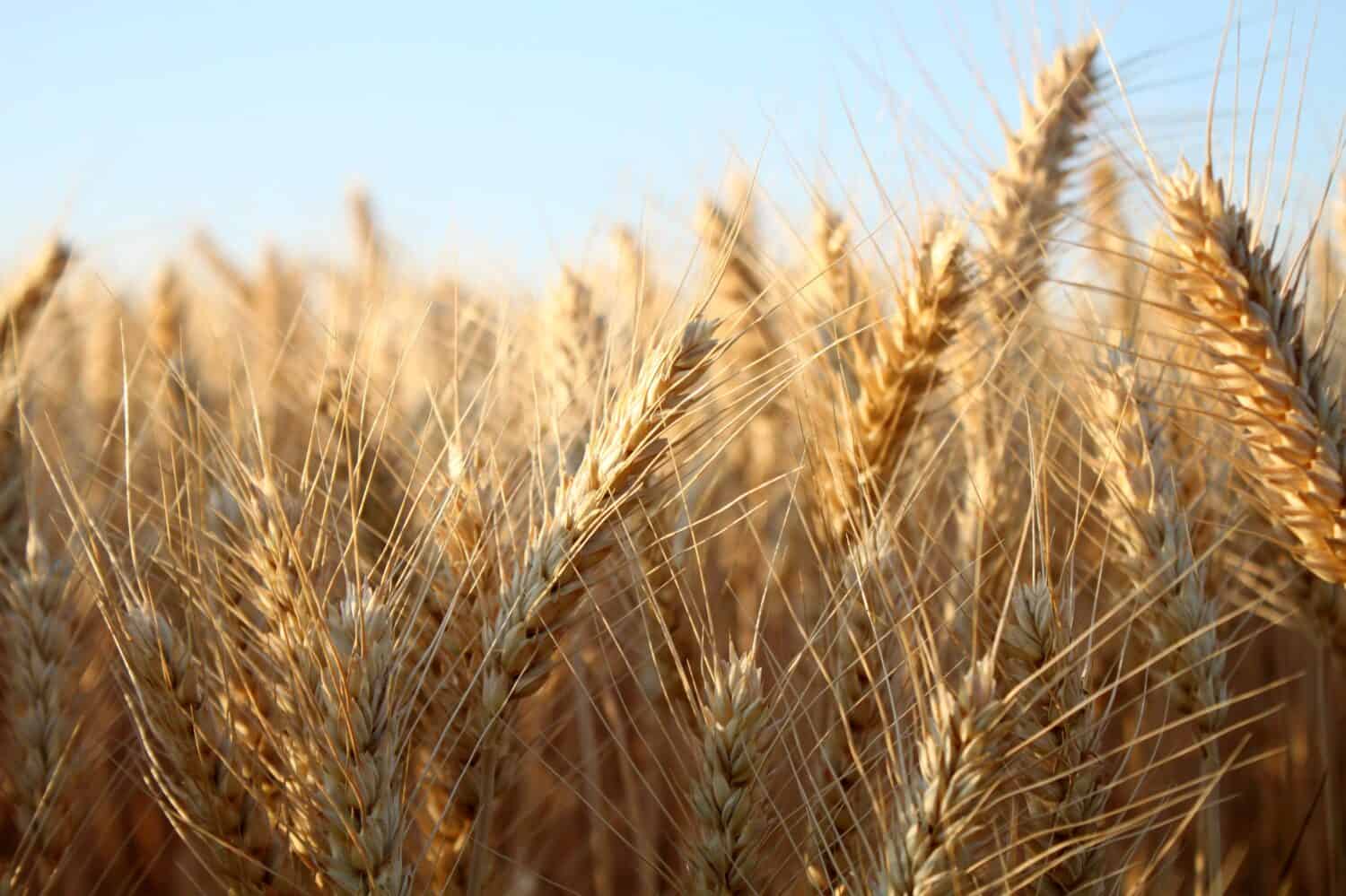
©Mir141/Shutterstock.com
Both variations of the plant, the two-row, and six-row, produce the edible grain in florets. There is more sugar content in the two-row barley yield, which makes it a popular choice in malting. They require around 90 days to ripen, which is much shorter a harvest than other kinds of cereal. It thrives in hot climates, especially in areas of North Africa. It can also do well in moist areas during the spring in Western Europe and North America. Overall, its flavor is described as nutty, and earthy.
Popular Recipes Using Barley
Barley is great in stews and soups. It can be cooked similarly to rice and used as a base for lots of savory dishes. It can also be ground into flour, but since it has a low gluten content, it will not help the bread to rise. Therefore, it is a flour more commonly used in flatbread. Check out some of these barley recipes:
- Asian Barley with Cashews Recipe
- Savory Hearty Beef Barley Stew Recipe
- Barley-Pine Nut Casserole Recipe
Food and Wine also has some great suggestions for barley-related dishes.
What Is Wheat?
Wheat is another kind of edible cereal grain also from the grass family (Poaceae). Wheat is one of the most produced, and oldest cereal grain crops. Its variations include Triticum aestivum, which is used in the milling of bread flour, Triticum durum which is used in pasta, and a softer variety known as Triticum compactum used commonly for cakes, pastries, and finer flours. Wheat can also be used for malting, in the production of starches, pastes, and other food-related items.
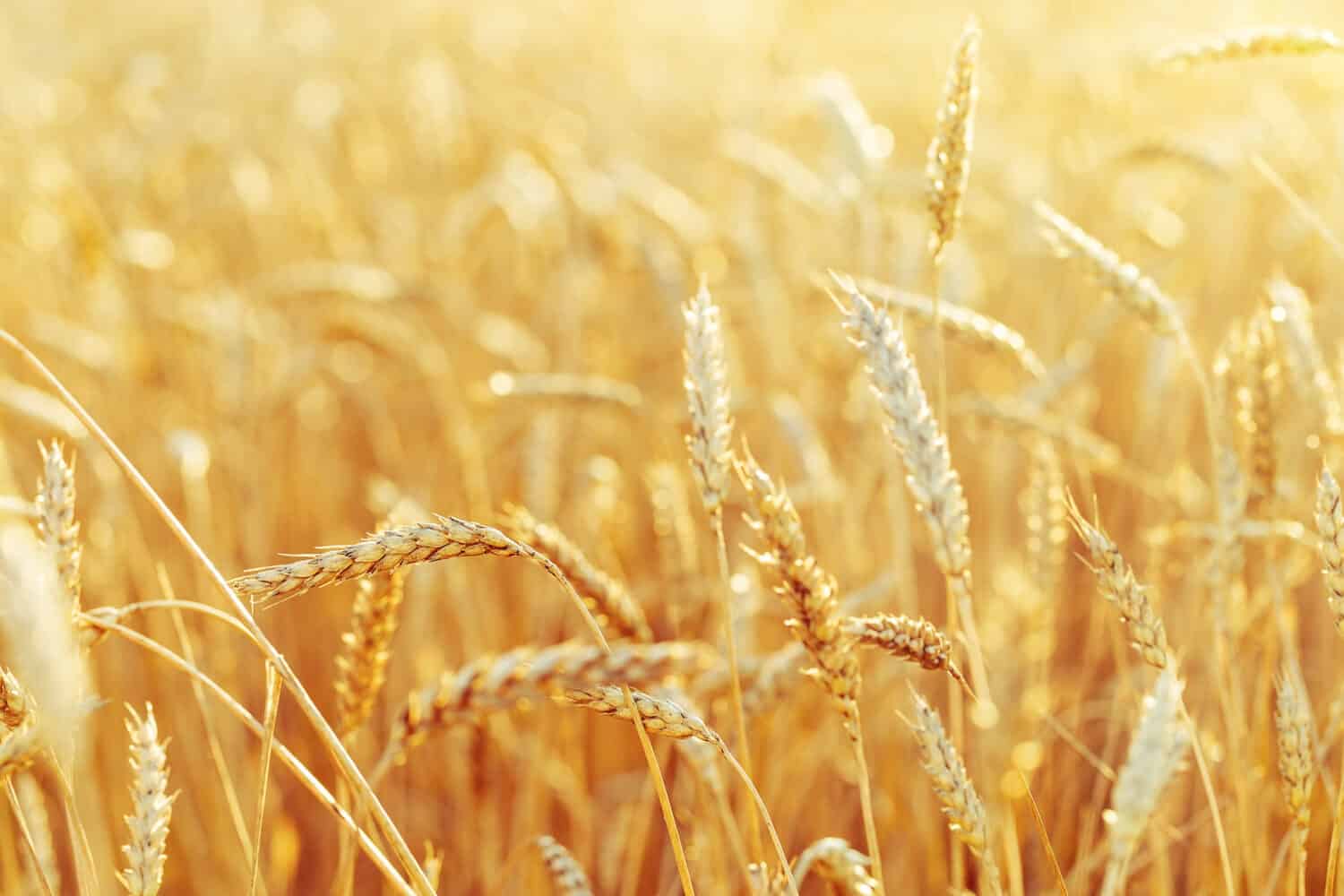
©3841061/Shutterstock.com
History and Origin Of Wheat
Wheat grows from a plant with hollow stems, that flowers in spikelets. These produce two to three grains per spikelet. It grows best in temperate regions with lots of rainfall. It can be planted in the fall and the spring, as long as the winters are mild enough to encourage proper growth. Originally wheat was grown in the "Fertile Crescent" a region of the Middle East between Jordan, Palestine, and Lebanon, all the way to the regions of Turkey, Syria, Iran, and Iraq. This early variant of the crop dates back to 10,000 BC, but likely was around far before then. The further domestication of wheat grain production led to the varieties that are best suited for different uses in cooking, and general food production (via NCBI).
Modern wheat requires processing in the form of cleaning, soaking, and milling. Through this process the grain is cracked by a roller, and a sifter. These particles are the endosperm which has been separated from the hull, the bran, and the germ. This makes up the finer flour used in pasta and cakes. Whole wheat flour will be ground up with the wheat kernel intact. This results in a higher gluten content, great for baking bread. Wheat is also milled for livestock feed, similar to barley (via Brittanica).
Popular Recipes Using Wheat
Wheat can be used in a variety of baked goods, in pastas, and as base for all kinds of recipes. Check out some of these recipes that use whole wheat:
- Whole Wheat Waffles
- Wheat Berry Salad
- French Toast Cookies
- Makeover Biscuits & Gravy
- Whole Wheat Pizza Dough
- Carrot Honey Loaf
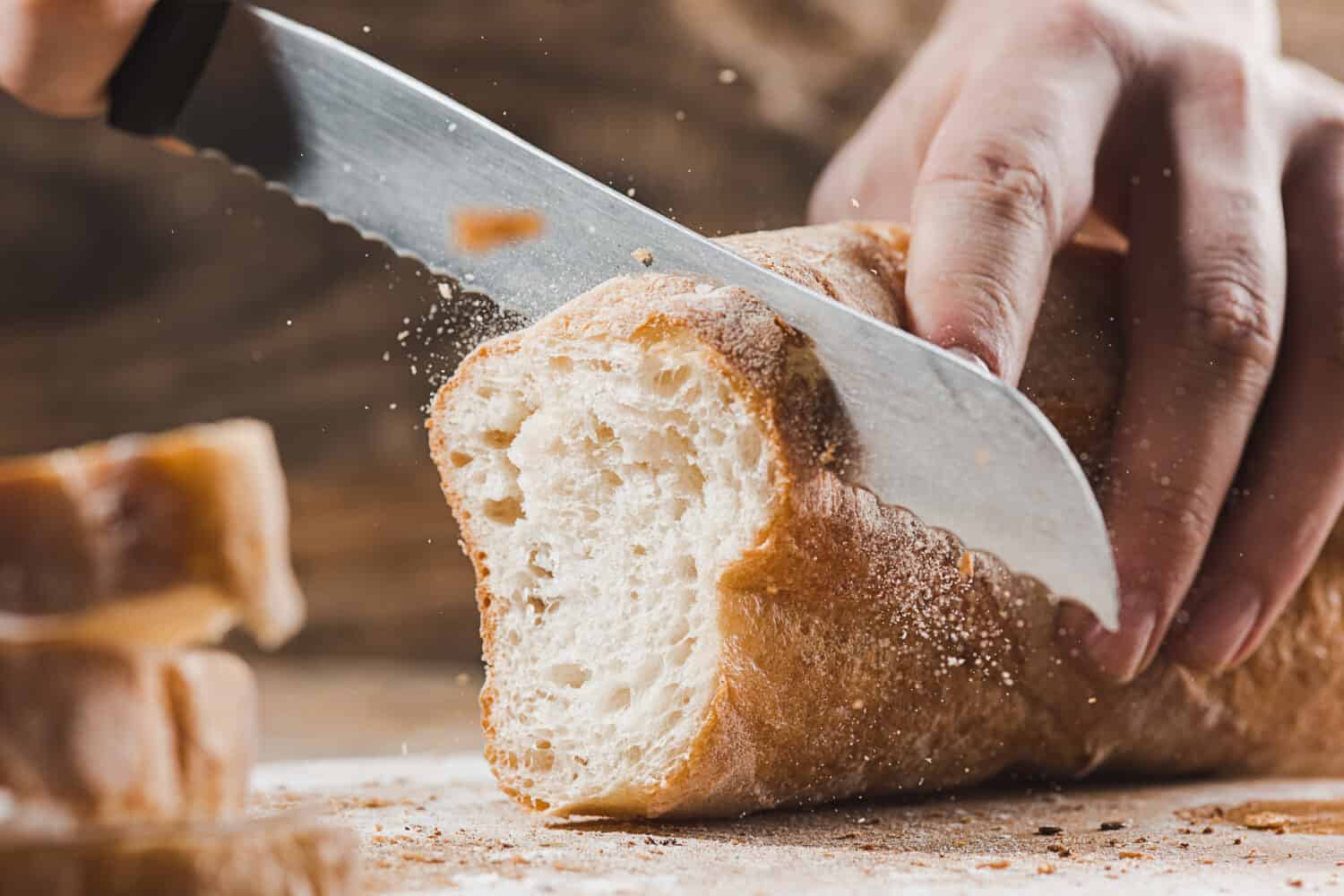
©Master1305/Shutterstock.com
Nutritional Value Comparison of Barley vs. Wheat
Overall, barley has a slightly higher nutritional content in certain areas. This is because more of the barley grain is intact during processing. Barley is commonly added to recipes to increase the carbohydrate and nutritional content. Barley also is full of protein, phosphorous, calcium, and vitamin B. Wheat grain's nutritional profile is affected by the climate and soil in which it grows. Wheat grains are high in protein, and carbohydrates. It also contains vitamins and minerals like riboflavin, niacin, thiamin, and vitamin A. The milling process of wheat impacts its overall nutritional profile. Check out this chart.
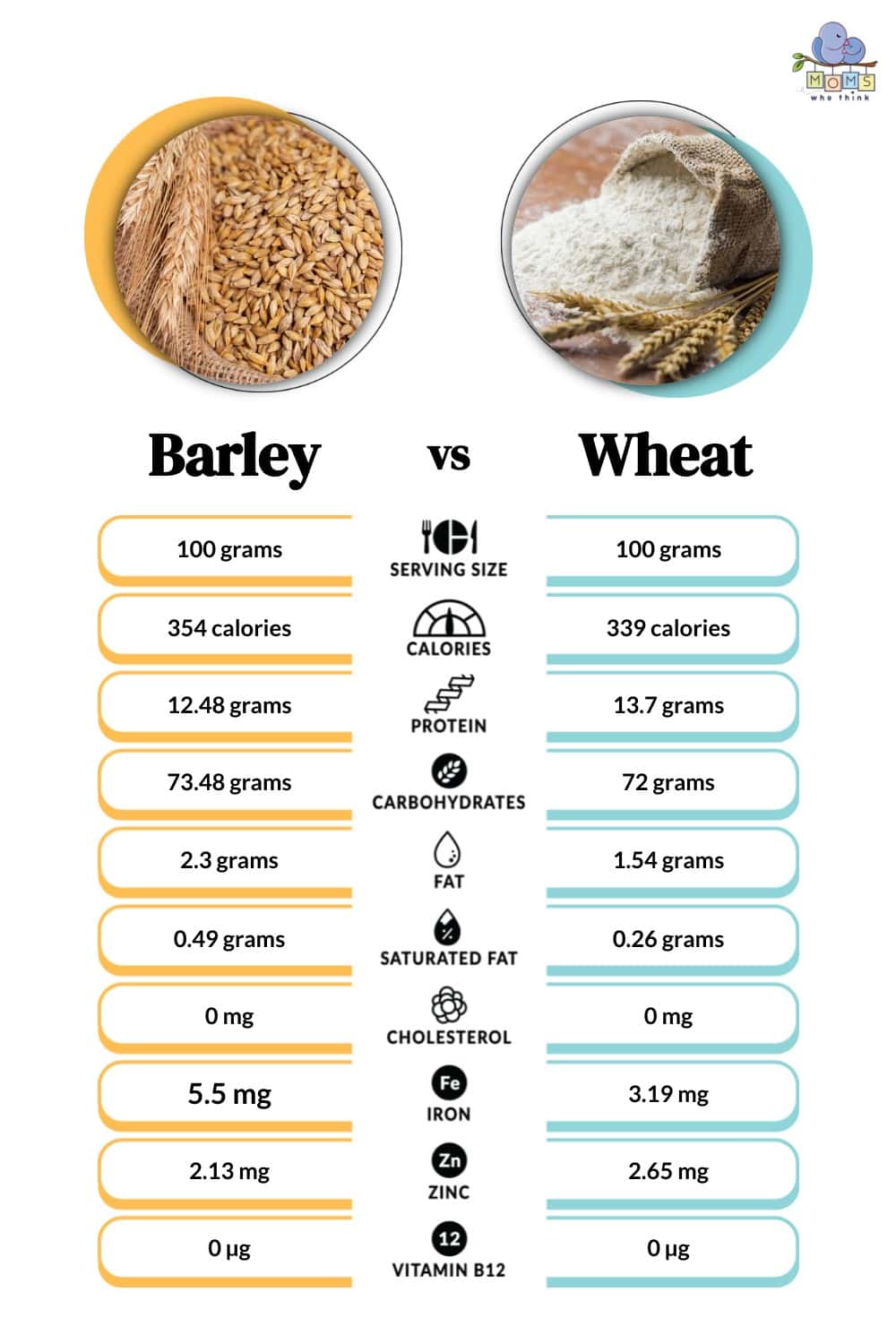
Barley vs. Wheat: Are They The Same Thing?
While barley and wheat share certain characteristics, and both come from the grass family, they are inherently different. Barley is processed whole or with only the hull removed in processing. Wheat grain is commonly separated from its hull, germ, and bran, leaving the fine particles of the endosperm. The gluten in wheat-grain accounts for its use in raised bread, and other baked goods. Barley is more commonly added for health purposes, similar to rice in composition, and used in malting alcohol.
Possible Alternatives To Barley And/Or Wheat
Because wheat grain and barley can both be cooked similarly to rice, rice is a great alternative. There are also quinoa, buckwheat, bulgar, and couscous varieties that can provide a similar base to soups, stews, and other dishes. In terms of baking, there are lots of nut-flour alternatives in baking. Try out almond, lentil, quinoa, bulgar, couscous, and millet types. Each will impact the recipe differently, so be sure to research before plowing full-speed ahead. In short, there are lots of alternatives to barley and wheat.